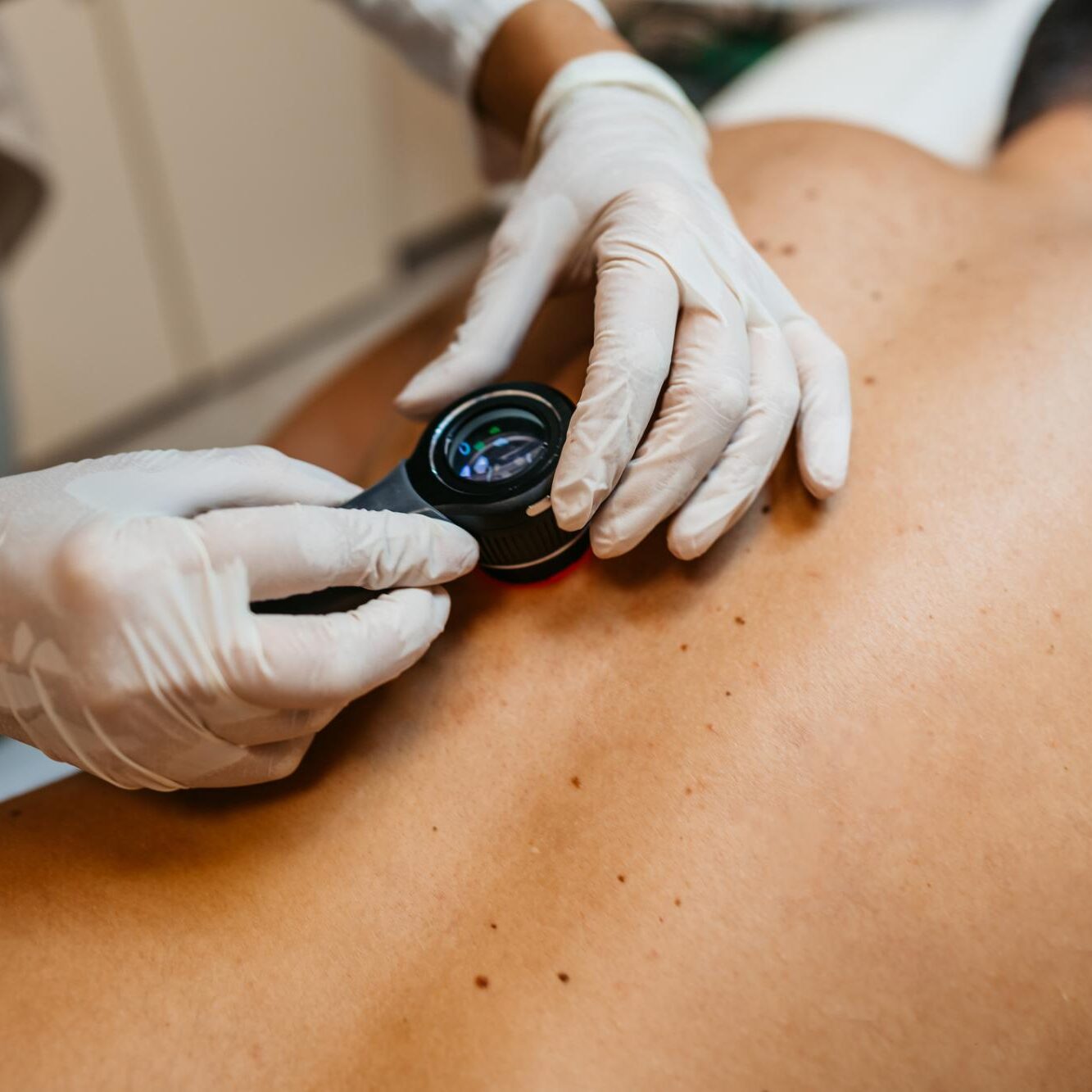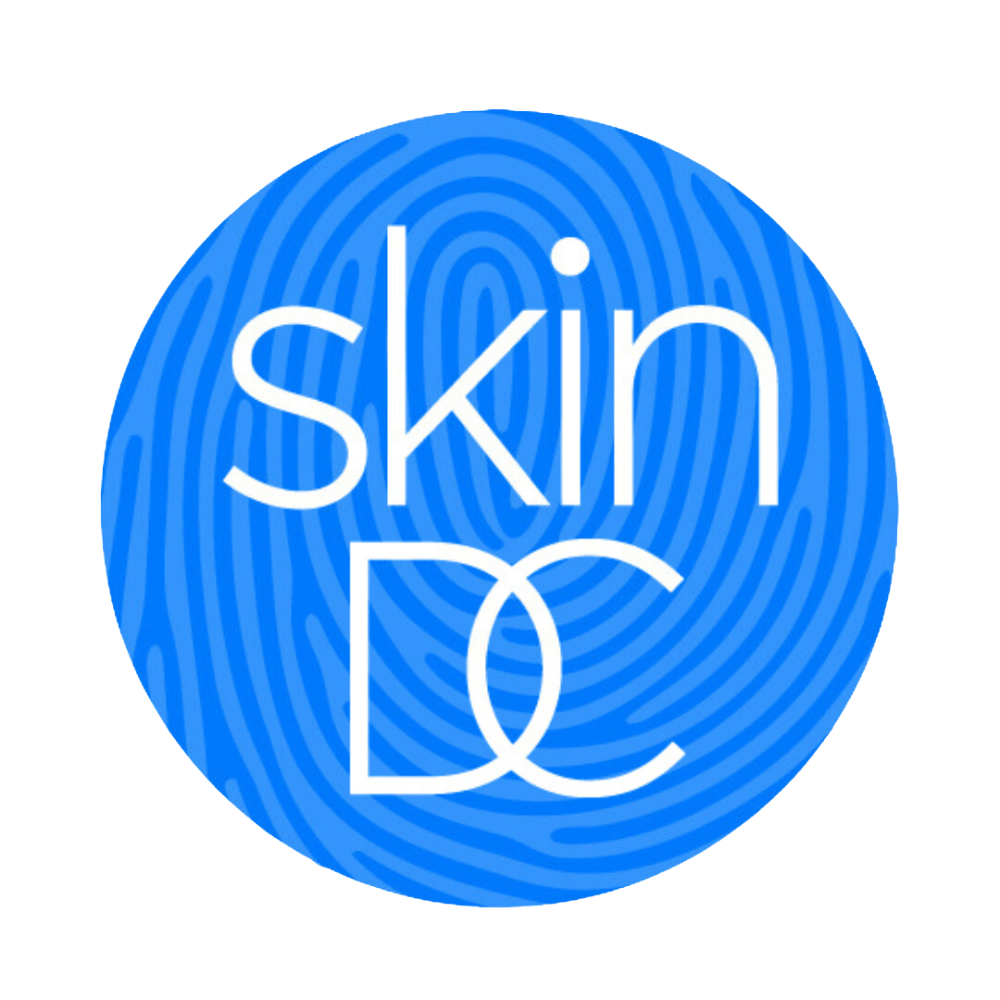What Is Skin Cancer?
Basal cell carcinoma, or BCC, is the most common type of skin cancer, accounting for over 4 million cases annually in the United States, an incidence 4 times greater than the incidence of squamous cell carcinoma, the second most common form.
Actinic keratoses are precursors to squamous cell carcinomas and often indicate that an individual has had sufficient sun damage to warrant close observation for the development of skin cancers.
Melanoma accounts for less than 1% of skin cancer cases. However, it is the most responsible for skin-cancer-related deaths.
The biggest contributor to the causes of skin cancer is sunlight. Though skin cancer is the most common form of cancer, it is also one of the most preventable.
Adequate sun protective methods including the daily use of sunscreen with an SPF of 15 or greater may reduce risks of melanoma by as much as 50% and squamous cell carcinoma by 40%.
Symptoms of Skin Cancer
- Basal cell carcinomas are usually pink and pearly or scar-like in texture.
- Squamous cell carcinomas are often pink, scaly, or crusted lesions that are prone to bleeding easily.
- Melanomas are usually brown, black, grey, or blue spots that can have an asymmetric shape, irregular border, uneven color, or large diameter. Approximately one-third of melanomas arise from pre-existing moles, which is why it is important to monitor moles for changes from their baseline.

Skin Cancer Treatment
What to Expect
The different types of skin cancer appear differently on the body. Any skin lesion that changes, bleeds, doesn’t heal, or is new warrants evaluation by a dermatologist.
Routine in-office skin exams establish a baseline from which comparisons can be made. Dr. Naga and Dr. Keaney use a specialized tool called a dermatoscope that enables them to look deep into the skin to aid them in the evaluation of particular skin lesions for the earliest possible detection of pre-cancers and skin cancers.
Depending on the type of skin cancer diagnosed, the treatment may involve:
- Surgical excision
- Electrodesiccation and curettage (a scrape-and-burn technique)
- Topical medications
- Mohs surgery
